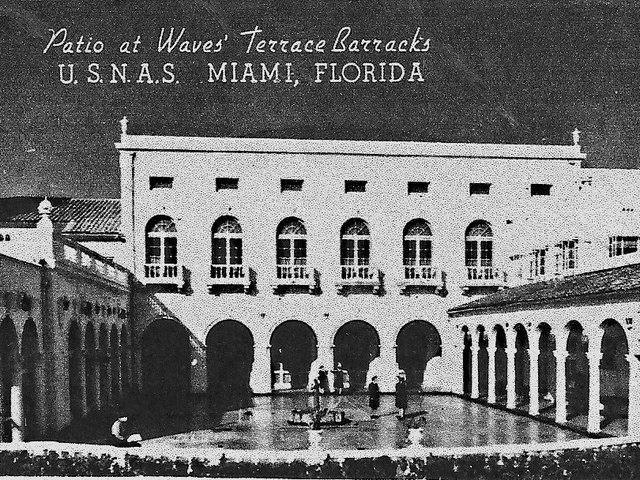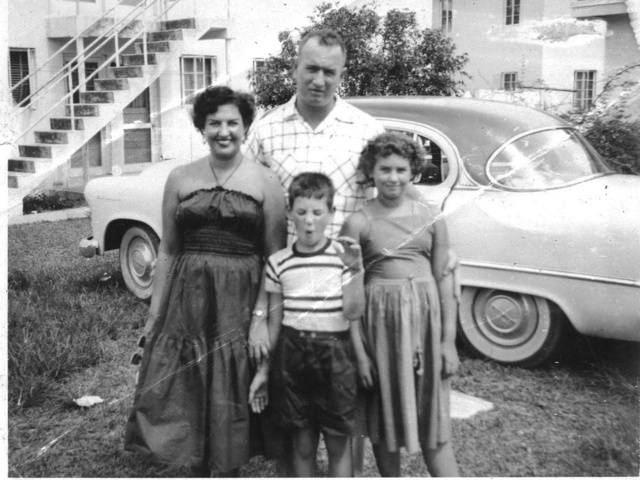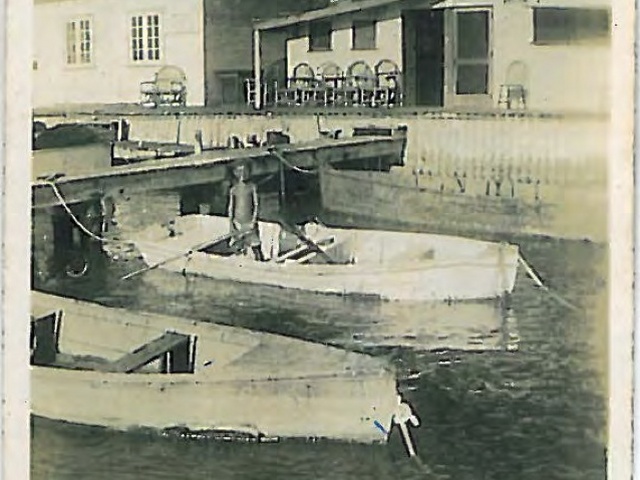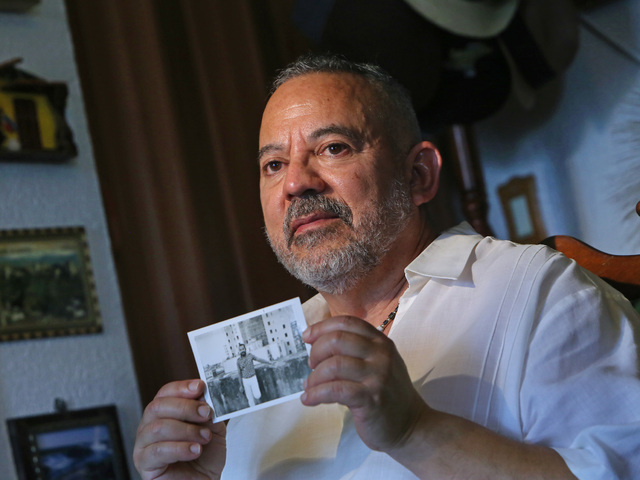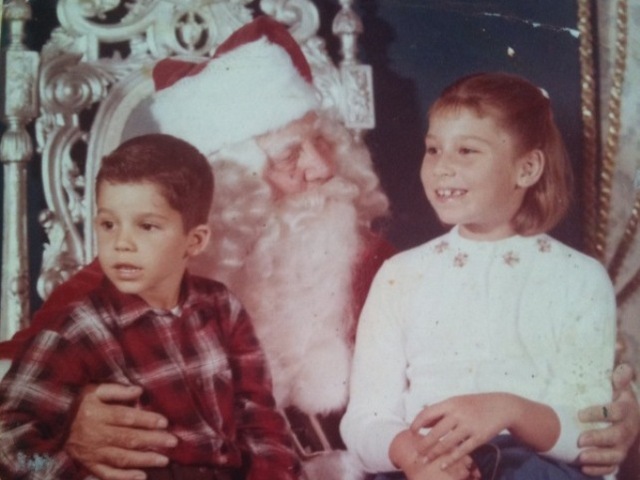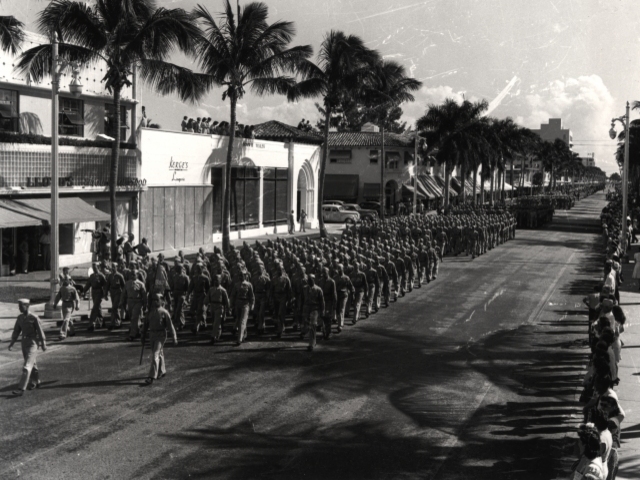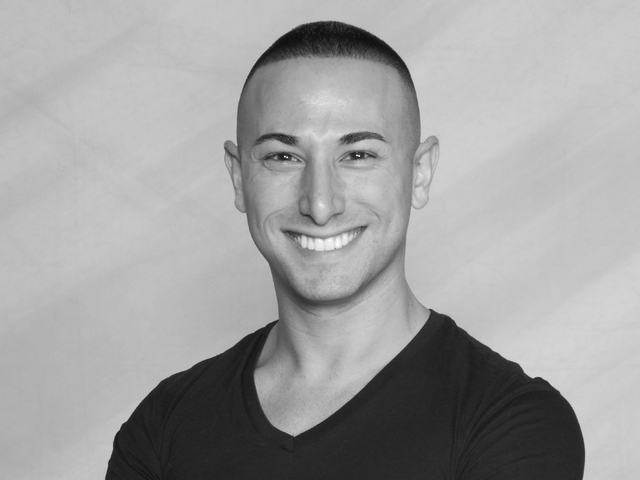My grandparents, Adolf and Anna Hofman, were among the early settlers of Delray Beach, arriving there from Germany in 1895. The little town was named Linton.
My grandfather was a pineapple farmer. My mother, Clara, was one of their three children. She moved to Miami in 1918 and lived in the downtown YWCA while she attended business school.
My father, Wead Summerson, was the grandson of English immigrants who settled in Pennsylvania in 1802.
The family moved to South Dakota in 1905.
As a young man working in the oil fields of Wyoming, he heard that in Miami, the streets were “paved with gold.”
In 1924, he drove his Model T to Miami to investigate this “great wealth.”
He looked for a job in a plumbing shop and the owner asked him where he was from. When he replied, “South Dakota,” the elderly owner scowled and said, “We don’t hire no damn Yankees!”
Disappointed, my father turned to leave when a young man raced after him calling, “Wait, wait! We really need plumbers. Let me talk to my grandfather.”
Soon the old man returned with his grandson. “Son,” he said, “since you are from South Dakota, we are gonna hire you.”
My mother and father met and married in Miami in 1928. Dad was accepted into the U.S. Border Patrol and they moved to Jacksonville, where I was born in 1933.
They returned to Miami in 1941 and lived here until their deaths.
I attended Allapattah Elementary School, which then was located on Northwest 36th Street and 17th Avenue.
I can recall seeing Seminole Indian women dressed in customary Seminole garb as I walked home from school. I later attended Shenadoah Elementary School.
It used to cost 9 cents to get in the Tower Theatre on Saturday afternoons, but often I would join other kids on Saturday mornings to scrape chewing gum off the bottom of the seats to earn a free pass for the afternoon movie.
In 1942 while swimming off Miami Beach, I saw that the sand and water had tar and debris from torpedoed ships.
I also remember seeing German POWs on the back of trucks being transported to work at projects around town.
They had P.W. printed on the backs of their jackets.
They must have come from the camp in Kendall, which was located across the street from what is now Dadeland.
When the war was finally over, I rode on the bus downtown with my father to participate in the celebration.
People were shoulder to shoulder laughing and shaking hands up and down Flagler Street.
I was mesmerized by the joy, shouting, “No more war! It’s over, it’s over!”
While attending Shenandoah Junior High, I rode my bike to deliver newspapers for the Miami Daily News.
At the end of each week I collected 35 cents from each of my customers.
Later, while attending Miami Senior High, I rode my Cushman Motor Scooter to deliver the Miami Herald.
The entire school was assembled outside facing Flagler Street to pay homage to President Harry Truman as he rode past us waving from a long black convertible.?
?In 1951, during the second year of the Korean War, I joined the U.S. Coast Guard and spent most of the three years in the Pacific Theatre.
Upon discharge I returned home and became a plumbing apprentice.
As a union plumber I worked for 42 years on buildings throughout Miami, Homestead and Fort Lauderdale.
The last seven years I worked as the plumbing inspector for the city of Coral Gables.
I married Jocelyne Grief in 1959 and became the proud father of a son and a daughter. We were divorced in 1976.
Eighteen years later I married Joyce Jolly Tyra, a native Miamian.
Her parents, Tom and Ethel Jolly, were old-time Miamians as her father arrived from Mississippi in the latter 1920s with his brother to help carve the Tamiami Trail from the Everglades.
Joyce’s uncle was killed in a dynamite explosion during construction of the trail.
Joyce’s father met and married her mother in Miami as she was visiting here from Massachusetts with her sister.
Joyce and her younger sister, Linda, grew up in Allapattah and both graduated from Jackson Senior High School.
Joyce married Ed Tyra, a classmate, and is the mother of their three children.
Ed died suddenly after 26 years of marriage and Joyce became an English teacher in the Miami-Dade County public school system.
Joyce and I are thoroughly enjoying our retirement while living in Kendall.
We always look forward to visits from our combined family of children and grandchildren.


